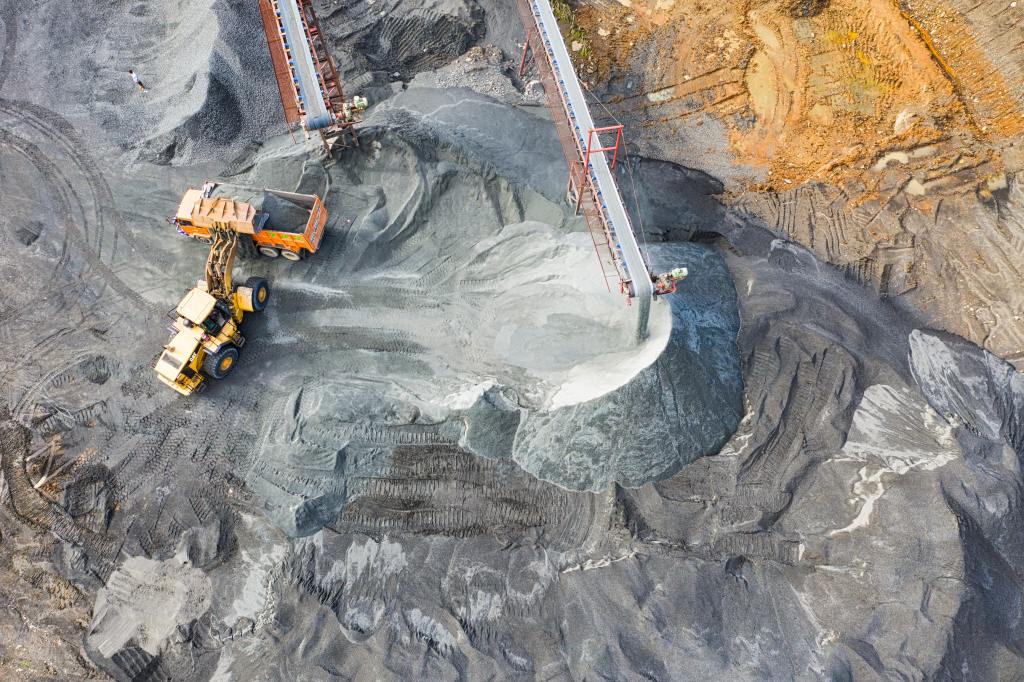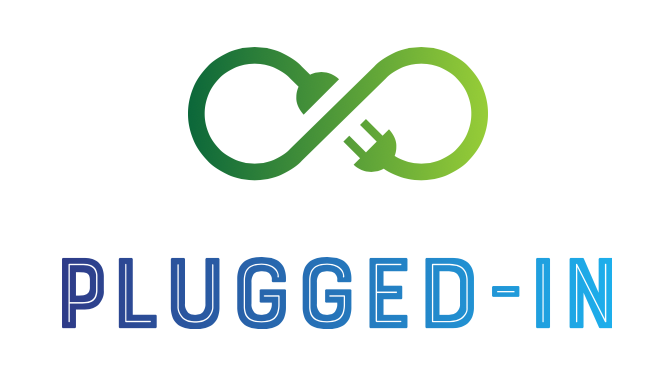Germany is a week ahead of a historical ballot. Angela Merkel, who has covered the role of Chancellor of the country for 16 years is stepping out at last. Amongst the wide array of electoral issues, including the economic recovery, coal has taken up a primary spot as the country is set to phase it out of its energy mix by 2038.
Oh coal, you naughty…gaffer
Coal honourably served European economies, let alone European welfare, for at least four centuries. The Industrial Revolution would not have been possible without the enormous availability of coal in Great Britain and other countries during the 18th century, nor would any of the technological innovations that followed. More importantly, coal became fundamental as it could be applied to a wide variety of purposes: propellant for steam engines, source of heating and electricity. Between the 1950s and 1960s, coal helped Europe to rise from the ashes of World War II. It constituted the backbone of the 1952 European Coal and Steel Community (ECSC) and the commodity around which former belligerents could build a long-standing peace. On the other side of the Atlantic likewise, production became essential to cover for the outstanding demand for electricity in the United States.
Couldn’t it be said that it was in the seventeenth century that we started down the path that has brought us to where we are now? After all, it was then that Londoners began to use coal on a large scale, for heating, which was how our dependence on fossil fuels started. Would your Jacobean playwrights have written as they did if they hadn’t had coal fires to warm them?
Amitav Ghosh, Gun Island, 2019
Yet, for many, its role in human history and development has expired. As a consequence, we should start to look at it as no more than a mere – and naughty – output of the past. Particularly in Europe, where it has rapidly become persona non grata in governmental milieus under the push of environmentalists. In other words, the time to dislodge coal from our economies has come. But is the task as easy to achieve as it sounds?

The German breakthrough
In Germany, the undisputed European leader in sustainability, the death knell for coal eventually came in 2018 when the Bundestag decided to end mining subsidies and invest in renewables in the context of the infamous Energiewende. In literature, the term refers to a “political and societal process in the realm of energy and climate policy” that in Germany – from where it first originated in the 1980s– has been well underway for a while now. Literally, it calls for an “energy transition” or “energy transformation”, and it essentially involves two separate phases. First, it aims at the complete shutdown of conventional carbon-intensive power plants and the reduction of carbon footprint in both the transport and heating sectors. Second, it seeks to boost the overall share of renewables in Germany’s energy mix, while favouring the adoption of a new policy paradigm in which private producers and NGOs can participate alongside traditional utilities to the energy generation. Decentralised is better, although I am not sure such an expression has ever been used.
Even though debates over the phase-out of coal and, more in general, the decoupling of power generation from fossil fuels have been there for decades, it took the 2011 Fukushima nuclear disaster to mark a decisive turning point. Prior to that, plans were weighing on a “soft path” consisting of feed-in-tariffs policies to stimulate the reliance on “soft energy technologies” such as solar energy, wind, biofuels, geothermal energy and the like, and the achievement of higher levels of energy efficiency. According to its 2010 “Energy Concept 2050” programme, Germany was to rely on a troika of energy sources comprising nuclear and coal alongside renewables. Although the programme also set ambitious objectives in terms of GHGs (Greenhouse Gases) reduction, during the negotiating phase, nuclear and coal lobbyists managed to draw out concessions that eventually downplayed the initial premises. The path towards the achievement of Energiewende had been paved, although not as effectively as awaited.
Germany’s coal phase-out strategy: a hotly debated election campaign issue in 2021
Following the nuclear disaster in Japan, Germany’s chancellor Angela Merkel turned back on the Energy Concept 2050 programme and rather adhered to a “hard path” that would strike both nuclear and coal off the list, thou the latter in a more amicable way considering its relevance in Germany’s economy. The mining of hard coal and lignite employs as many as 20 000 people, the bulk of them concentrated in hard coal-rich regions such as North Rhine-Westphalia and Lower Saxony, but also the areas nearby Leipzig and at the border with Poland, in Lusatia, where lignite mines are abundant. Therefore, some key challenges linked to the immediate shutdown of mining sites and plants included, but were not limited to, social consequences for coal industry workers in these regions despite many observers believed a quick and efficient phase-out would ultimately lead to a snappier recovery.

At the beginning of 2019, the Bundestag implemented a commission charged with the pulling out of the analysis of coal withdrawal. The commission comprised a group of advocates of industry, unions, science and environmental groups. The timing was just perfect for, only a couple of months later, Germany’s energy sector marked a historical achievement: the share of renewables in the net electricity generation exceeded for the first time the share from fossil fuels, peaking at an overall 46 per cent. Eventually, and under the impulse of the commission, the Bundestag decided to push the ultimate phase-out of coal back to 2038 and to reduce power generation capacity from both hard coal and brown coal – or lignite – to 15GW in 2022 and 8 GW (9 GW for brown coal) in 2030.[3] Last year, power generation capacity amounted to some 16.2 GW from hard coal and 17.8 GW for brown coal, therefore in line with the target. Before the outbreak of the COVID 19 pandemic, there were also plans to speed up the withdrawal of coal from the energy mix, but as we will see, the subsequent chain of events thwarted any expectations. Energiewende isn’t a bed of roses.
As of 2021, the total output from coal-fired power plants in operation is nearly 35,000 MW while around 4,000 MW are used as back-up reserves for demand peaks mainly.

Public debates around Germany’s coal exit have flared up again as candidates for chancellery – elections are going to be held on September 26 – all agree coal exit’s conditions should be revisited considering increased EU targets. Green Party sole leader, Annalena Baerbock, believes any attempt to form a coalition should aim for an earlier-than-planned phase-out to reach the Paris Agreement’s target of limit rising temperatures to 1.5 degrees Celsius compared to 1990. In her opinion, the country should move up to complete abandonment of coal to 2030 in favour of complete decarbonisation of the electrical power generation, even if that would mean higher energy prices for end-users. The Social Democrats (SPD) equally emphasise the need for more stringent and ambitious targets to expand renewables but have, so far, failed to envisage a plan that would deviate Germany away from the path designed by the coal-exit law. The Conservative Party (CDU), led by Merkel-praised candidate Armin Laschet, shares a slightly different view on the subject as it warns about the price that both end-users and industries will have to pay to go along with a hastier-than-needed phase-out. Moreover, they also worry about excessive reliance on technologies – such as wind and solar power generation – that still fall short of meeting the energy needs of the nation. Nonetheless, they also reckon increasing prices for CO2 emissions under the European ETS (Emissions Trading System) will eventually prove the decisive factor for a complete shutdown of coal power generation before 2038. Leave it to the market, they say.
Will Germany be able to live for expectations of complete coal phase-out by 2038?
Even though the COVID 19 pandemic had drastically slowed down European thirst for energy, the economic upturn brought by improvements in public health systems and European plans to boost the recovery has clashed with the incapability of “filling the tanks”. Just like other European partners, Germany is currently facing the consequences of skyrocketing record-busting gas prices, the reason for it being that last relatively cold winter and delays in maintenance due to the pandemic drained storage levels. Not only, but Russian decision to limit supplies into mainland Europe ahead of the crucial Nord Stream 2 approval also played an offsetting role; the curbs inevitably exacerbated the squeeze on European gas market. Not that the Kremlin has always proved itself flawless in terms of reliability, but this time it came in conjunction with other factors, including recent spike in carbon prices (regularly above € 60/tonne since September).

Consequently, in the first half of 2021, Germany burned around 5 percent more coal than the previous year according to AGEB (AG Energiebilanzen), an industry statistics group. Officially so, to offset the effects of “cold weather and lower wind supply”. For the very first time in 2020, the share of electricity production from coal in Germany had dipped under 20 percent while it now accounts for some 26 percent, almost the same as in 2019. This has clearly had an impact on air pollution levels: overall CO2 emissions grew 6.3 percent compared to last year.
The data analysed thus far show that coal still plays a crucial role in feeding Europe’s largest economy with enough electricity to keep the lights on. Is this romantic reliance on coal going to thwart Germany’s efforts to phase it out by 2038? Probably not, but it all seems to depend on the colour of the next Government and how fast it will be able to handle energy markets volatility and deliver the infamous Energiewende. On a final note, Germany strongly opposes the inclusion of nuclear energy in the EU’s green finance taxonomy; a proposal that is likely to be tabled by the European Commission in the coming months. As the country’s anti-nuclear position is deeply rooted in society, in order not to reverse the shutdown of nuclear plants, it may end up burning yet more coal in the very next future.ù
REFERENCES
- AG Energiebilanzen, 2021
- Appumm Kerstine, Shutting down nuclear and coal – can Germany maintain supply security on renewables alone?, Clean Energy Wire, May 17, 2021. Available at https://bit.ly/3EtYa2W
- BBC, Germany agrees plan to phase out coal power by 2038, January 16, 2020. Available at https://bbc.in/3kmD6mS
- BP (2019) Statistical Report
- Fraunhofer, 2020
- IEA (2019), World Energy Outlook
- Hake Jürgen-Friedrich et al. (2015), The German Energiewende – History and status quo, Elsevier Ltd.
- Pau-Yu Oei et al. (2020), Coal phase-out in Germany – Implications and policies for affected regions, Elsevier Ltd.
- Pau-Yu Oei et al. (2019), Lessons from Germany’s hard coal mining phase-out: policies and transition from 1950 to 2018, Taylor & Francis
- Renn Ortwin (2016), Coal, nuclear and renewable energy policies in Germany_ From the 1950s to the “Energiewende”, Elsevier Ltd.
- Reuters, German H1 energy use rose 4.3% on economic recovery, cool weather, August 3, 2021. Available at https://reut.rs/3Es6390
- Wehrmann Benjamin, German election primer – 2038 end date for coal under fire as climate forecasts worsen, Clean Energy Wire, Available at https://bit.ly/3hNibYm

